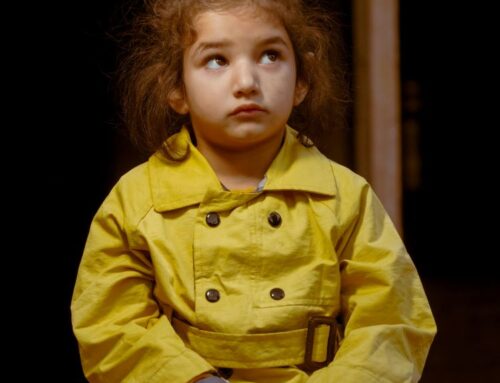 Expressive therapies are on the rise, and there are plenty of reasons why.
Expressive therapies are on the rise, and there are plenty of reasons why.
What are they, exactly? Expressive therapies focus on different ways to let creativity guide you through the impact of trauma, or even just help with issues like stress, anxiety, or depression. You don’t need to be overly artistic to take advantage of this type of therapy.
In fact, you might find some internal creativity beneath the surface that you never realized you had before. Beyond that, you might be able to uncover feelings you’ve been trying to ignore or avoid.
When you lose yourself in something creative and take full advantage of artistic expression, it can dig deep into your thoughts and feelings and allow them to pour out freely.
So, how can self-expression and creativity really help you heal, especially after you’ve gone through a traumatic experience?
How it Works
 It’s not always easy to put experiences into words. It’s often even harder to put how you feel about those experiences into words. That’s where expressive therapy makes such a big difference. It takes the focus away from traditional explanations and allows you to create something that captures what you’re thinking and feeling.
It’s not always easy to put experiences into words. It’s often even harder to put how you feel about those experiences into words. That’s where expressive therapy makes such a big difference. It takes the focus away from traditional explanations and allows you to create something that captures what you’re thinking and feeling.
The best part? You don’t need to do it on your own.
During expressive therapy, a therapist will guide you through different art forms that can help you display your feelings and work through them. If you gravitate toward one activity (painting, drawing, etc.), you might stick with that. Usually, though, a session involves several activities.
The goal isn’t to be a good drawer, painter, musician, or photographer. The end result isn’t the point. Rather, it’s about the process and working through your emotions that matter.
You may have heard the saying, “where words fail, music speaks”. That’s exactly what expressive therapy is about, though it focuses on almost any art form.
Getting Started With Expressive Therapy
Expressive therapy is sometimes referred to as “art therapy” or even “creative therapy”. There are plenty of ways to express yourself, and you might need to try several different options before you find one or two that really allow you to open up.
With that in mind, some of the most common forms of expressive therapy include:
- Music – Playing an instrument, writing music, or even singing are all great ways to ease any anxiety you might feel due to trauma. Music has also been shown to be a natural mood-booster.
- Art – Again, you don’t have to be artistically talented to draw, paint, or sculpt. Art is all about expression, and whatever you decide to create can help you work through what you’re feeling.
- Dance – There’s nothing quite like expressing yourself through movement. Dance can help you physically work out your feelings, reduce stress, and give you more energy.
- Writing – Whether you want to write poetry or just jot down your thoughts and feelings in a journal, it’s easier for some people to express themselves on paper than by talking.
A therapist can guide you through one or more of these options to help you decide which one is most effective for you.
Practicing Self-Expression on Your Own

Because expressive therapy is about the journey, you can take the skills you learn in therapy and apply them to your life on a daily basis. You don’t have to wait for a therapy session to sit down with a sketchpad or to dance around your living room.
Once you understand how creativity can help you heal and express yourself in healthy ways, you can take advantage of it all the time. If you’re not sure how to get started or whether this type of therapy is right for you, feel free to contact me for more information.
To find out more about my services in Delray Beach, FL and Sandy Springs, GA, click here Trauma Therapy.





